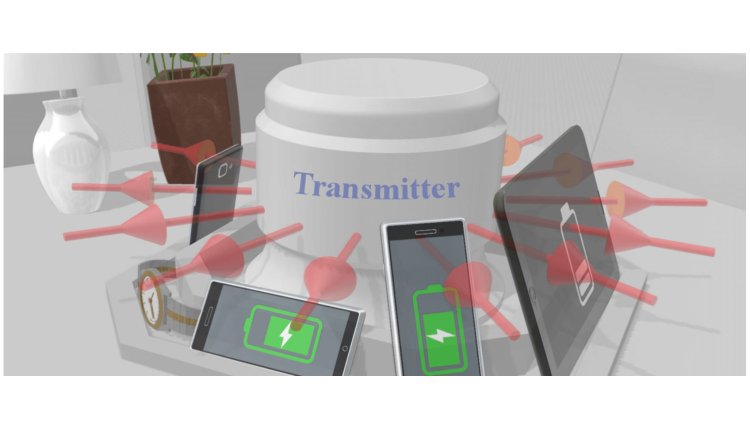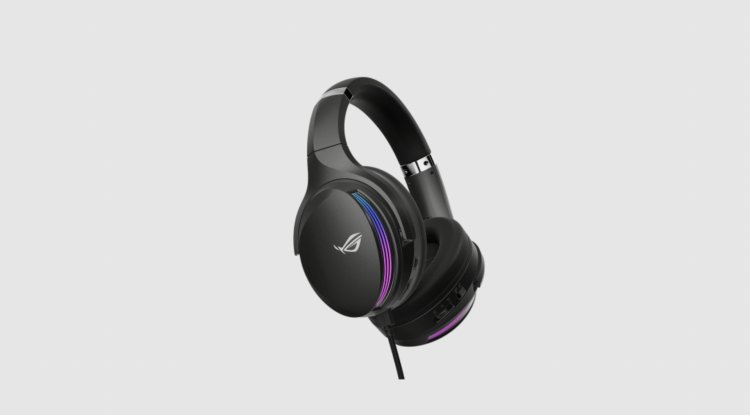"All-around" Wireless Charger

This cylindrical wireless charger, unlike other wireless chargers, does not generate an electromagnetic field in only one direction.
Existing wireless chargers emit an electromagnetic field in only one direction, limiting the number of devices that can charge at one time. The experimental new charger, however, produces a ring-shaped box that allows multiple devices to be charged simultaneously.
So far, there has been an attempt to create "all-around" wireless chargers. One approach involved incorporating several transmitter coils, each connected to its own power supply.
This is a rather complex solution that limits its practicality for wide use. The second approach changes the orientation of the charging field when devices are detected, but it is also a little too complicated and expensive to commercialize.
Led by postdoctoral researcher Nam Ha-Van, a team at Finland’s Aalto University has created what they claim is a simpler, cheaper, but still very functional alternative.
At the heart of the system is a cylindrical coil, whose wires are wound in opposite directions at the top and bottom, and a Z-shaped bridge connects the two ends.
"Because current flows through these windings in opposite directions, they produce complementary magnetic fields," the university explained. "One field protrudes from the middle of the coil, around the upper coil and back through the top, the other flows from the middle, around the lower coil and back inside through the bottom.
The result is a ring-shaped electromagnetic field that surrounds the middle of the cylindrical charger. All electronic devices placed anywhere inside that ring will charge efficiently, regardless of their orientation or position. And the field's strength is within the range perfectly safe for humans.
The efficiency of the system of the proposed omnidirectional wireless power transmission device was confirmed by a practical experiment. The measured DC-to-DC efficiency of approximately 72.4% and a load power of 13 W are shown for the proposed wireless charging system at an operating frequency of 6.78 MHz.
In addition, scientists are now working to increase its strength, while ensuring that it continues to meet safety standards.
The research paper was recently published in the journal IEEE Transactions on Industrial Electronics.





























